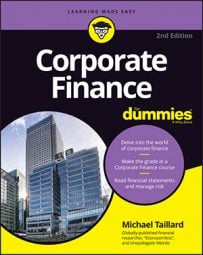The purchasing power of a nation’s currency refers to that nation’s ability to purchase goods. Usually purchasing power is measured using a list of necessities such as certain groceries, utilities, and other requirements for daily life, but for simplicity’s sake, say that purchasing power is measured in beer.
Purchasing power by itself doesn’t really mean anything, but when used to track changes over time, it helps measure inflation. For example, if the price of beer goes up from $100 per keg to $101 per keg in a year, then the nation experienced 1 percent inflation that year.
Purchasing power also comes into play when you’re comparing the ability of your money to buy something in your home country and the ability of a foreign currency to buy the same something in the foreign nation. This comparison is called purchasing power parity (PPP).
For example, if $100 buys a keg of beer in the U.S., but that exact same keg of beer, when bought in Great Britain, costs 124 pounds, then the purchasing power parity of the pound in Great Britain to the dollar in the U.S. is USD100 = GBP124, USD1 = GBP1.24.
Probably the most famous way of measuring PPP is by using the Big Mac Index, which uses the price of a Big Mac in every nation to determine PPP.
Exchange rate, on the other hand, refers to how much foreign money you can buy with your money. As of this writing, you need $1.33 in U.S. dollars to purchase 1 British pound.
Note that the exchange rate is different from the PPP. If a nation has a very low exchange rate (meaning that you can buy a lot of its money for cheap) but the PPP in that nation is higher than your country’s PPP, then the two measurements tend to balance each other out as far as exports go.
For instance, if Great Britain has a purchasing power that’s 1 percent higher than the U.S. and an exchange rate that’s 1 percent lower than the U.S., then British prices would be the same as U.S. prices for any U.S. dollars that you exchange into pounds.

